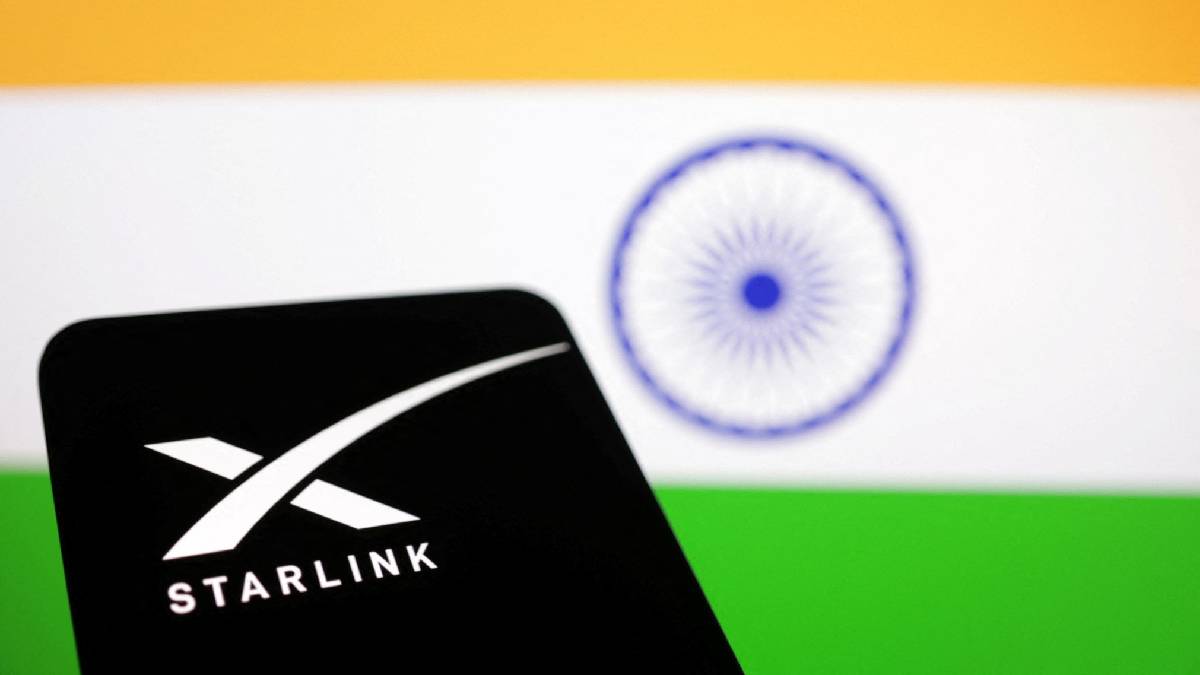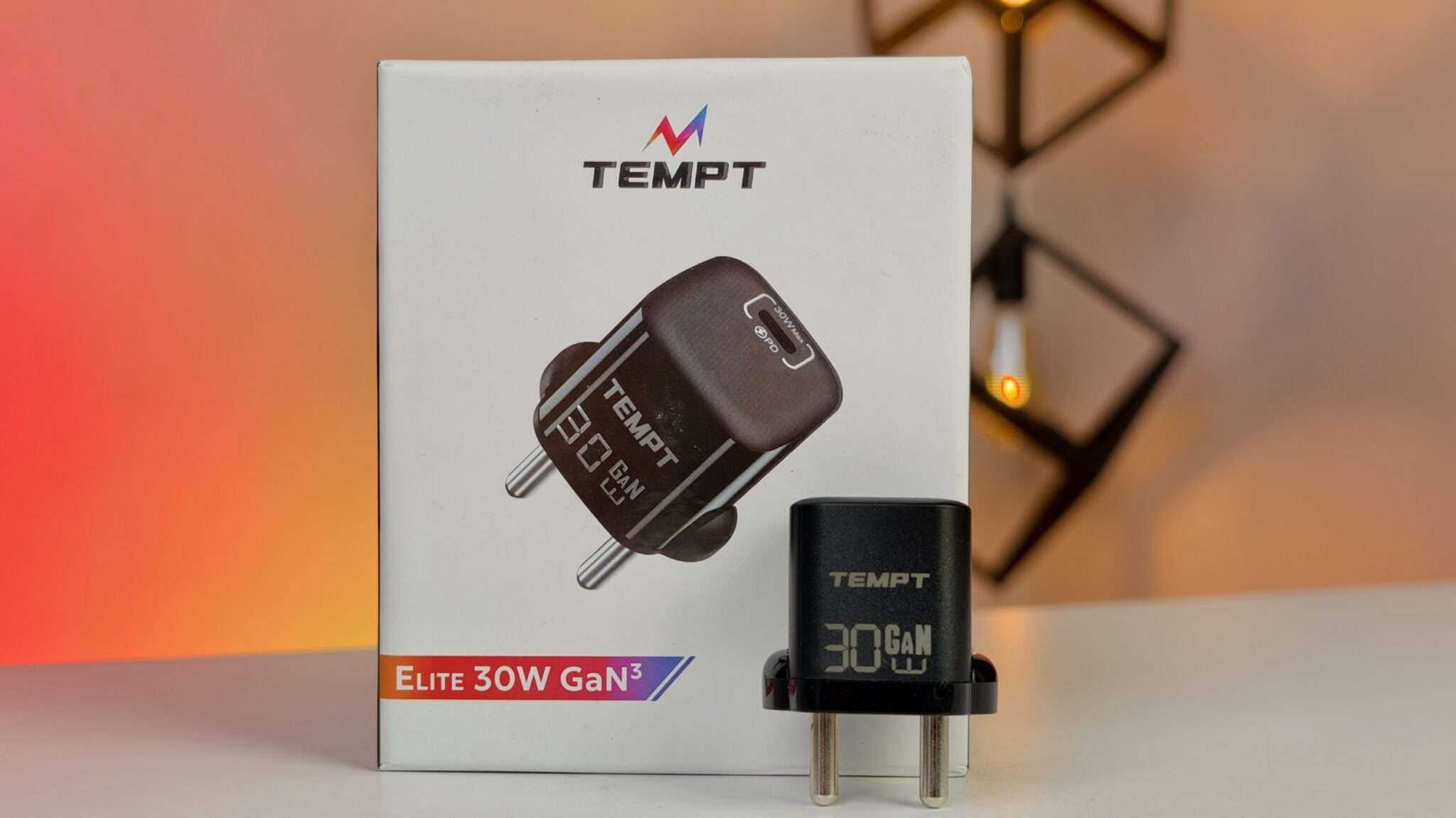The dream of high-speed internet blanketing even the remotest corners of India might be inching closer to reality. Elon Musk’s satellite internet venture, Starlink, has finally cleared a significant regulatory hurdle: it’s secured the green light from India’s Department of Telecommunications (DoT). For a country where rural connectivity has often lagged behind, this is a pretty big deal.
Starlink now holds three essential licenses in India: Global Mobile Personal Communication by Satellite (GMPCS), Commercial Very Small Aperture Terminal (VSAT), and Internet Service Provider (ISP). These permissions unlock a suite of services for individuals and businesses alike, from basic internet access to more robust satellite-based communications. It wasn’t a quick process—regulatory and national security concerns delayed things for years. But now, with this approval, Starlink joins the likes of Eutelsat’s OneWeb and Reliance Jio’s satellite unit as one of only a handful of firms licensed under GMPCS.
That said, some major pieces are still missing. The actual spectrum allocation—the specific radio frequencies that Starlink needs to operate—is still up in the air. TRAI, India’s telecom regulator, has given its suggestions on how to handle this, but the final decision is pending. And Starlink still has to build out its ground infrastructure on Indian soil, which means more security clearances and, realistically, several more months of prep work.
Interestingly, Starlink seems to be working behind the scenes with major local players like Reliance Industries and Bharti Airtel. These partnerships might end up being crucial. By tapping into existing retail networks and leveraging established infrastructure, Starlink could expand its footprint faster, especially in regions where conventional broadband remains unreliable or even nonexistent.
The Indian Challenge: Affordability and Reach
Here’s the thing: pricing that might fly in North America or Europe could be a non-starter in India. Telecom rates here are among the lowest globally, and average revenue per user (ARPU) remains modest. Starlink’s promise of broadband in hard-to-reach areas is powerful, but only if it’s actually affordable.
Early reports suggest the customer equipment might cost around $300—roughly ₹25,500. That’s before you even get to monthly service charges, license fees (8% in India), or the upcoming spectrum usage costs. Just for comparison, many Indian consumers would think twice before dropping ₹5000 on a new smartphone.
Still, there’s something to be said for what Starlink brings to the table. Its low Earth orbit (LEO) satellite system means lower latency and better speeds than traditional geostationary systems. With over 7,000 satellites already in orbit, the tech is impressive. But India is a tough market. With 1.15 billion mobile subscribers and a surging demand for mobile broadband, even traditional providers are exploring their own satellite-based offerings.
Ultimately, Starlink’s success here will hinge on how well it adapts. Can it tailor its services and pricing to match India’s economic landscape? Can those partnerships with Airtel and Reliance help roll out more accessible, maybe even subsidized, plans? It’s possible—but as of now, we just don’t know.
For all its potential, Starlink still faces a long runway in India. It could absolutely bridge digital gaps in rural regions. But whether it actually will—and whether regular Indians can afford to be part of that vision—remains to be seen in the months ahead.



















